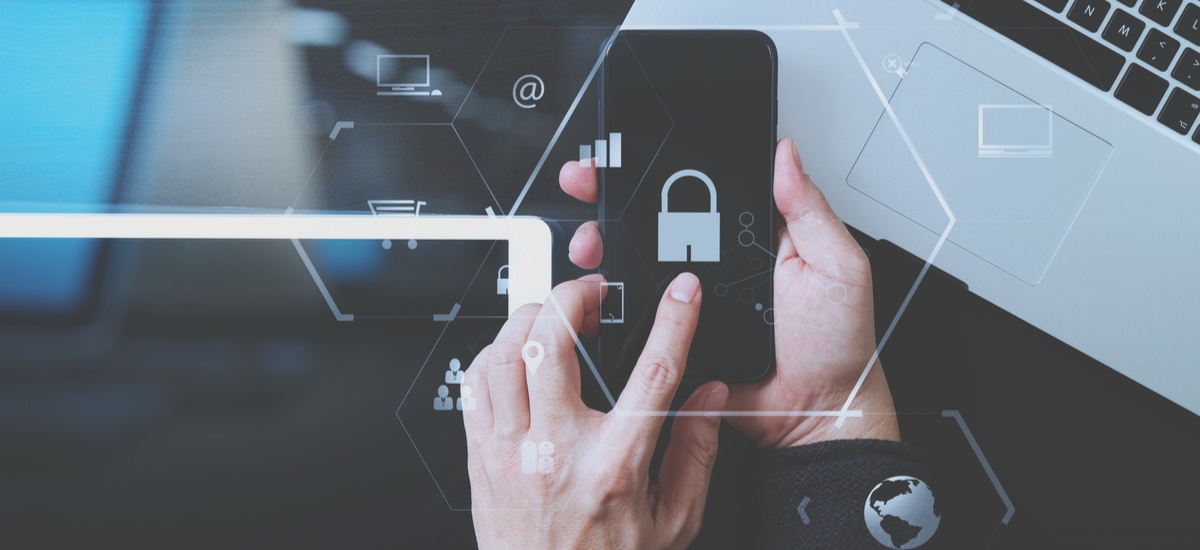Smartphone Security Guide:
Mobile device vulnerability is a constant risk because your data is always a threat to viruses or cyber attacks. After a breach, you will lose all private data on your device. These threats are constantly evolving and adapting to your daily practices.
Fortunately, there are effective ways to protect all the information in your fingerprint from these dangers.
Below are ways to prevent your information from falling into the wrong hands. These are some of the main security measures your smartphone needs to protect your data from viruses and create a barrier between you and hackers trying to hack your private information.
Always add a PIN code:
According to a recent study, more than 50% of Americans do not set a PIN code on their smartphones, leaving their information vulnerable to intrusion.
Locking your phone with a password is the easiest way to protect your data from unwanted access. In addition to the PIN code, most smartphones have personal patterns that block access to the mobile phone screen and prevent it from being turned off. You can also choose a fingerprint lock if your mobile phone supports biometric technology. This type of blocking is simple and offers the best protection for confidential information.
However, adding a lock to cell phones does not guarantee that your data is fully protected. It would be better if you also looked for a SIM card slot, so that your data is less exposed to a thief.
Set secure passwords:
When you protect your sensitive information with security codes, choose strong passwords that are difficult for hackers to guess.
Strong passwords that protect your applications are key to preventing them from being convoluted and complex. Experts also suggest that all your apps should be protected with a different password so the helicopter can’t crack them or, if it does, they can’t access all of your data. To make your passwords more secure, avoid adding common phrases or strings of numbers or letters.
Instead, increase the complexity of your PIN by combining a few characters of numbers, letters, and punctuation marks. You can also consider adding a combination of upper and lower case letters to make your password more secure.
Encrypt your data:
Since your smartphone can hold a lot of your confidential information, it’s best to protect your mobile and make sure your data is encrypted. The encrypted data is encoded and collected in a non-transferable form. This typed information cannot be intercepted or intercepted by hackers and provides solid protection for personal information.
You can check your phone and enable the encryption setting so you don’t lose your data to allow this program. However, the process may take sixty minutes or more, but it’s worth the wait.
Choose a secure Wi-Fi:
Your smartphones are useless if you don’t have internet everywhere. Today, wireless networks have taken over the internet game, and while it’s good for the speed and cost of data usage, it’s bad for your privacy. Although your Wi-Fi network saves data, beware of an unsecured network that can carry your confidential information without your knowledge. Make sure you connect to a VPN to be more vigilant. A virtual private network protects your location and protects your data from prying eyes.
Install the best antivirus app:
People think antivirus programs are only for laptops and desktops, but their smartphones can also be useful. Numerous applications can protect your data from viruses and hacking threats. Some apps also offer advanced features like call blocking, app blocking, remote data wipe, etc.
According to Crowd Writer UK, it’s best to scan any antivirus program you use for your desktop. Check if your favorite antivirus software has a Mobile version and offers the best protection for your confidential data.
Keep your operating system up to date:
Keeping your smartphone’s operating system up-to-date not only guarantees the smooth operation of your mobile phone, but also brings security.
All threats and risks your data is vulnerable to are addressed with this update and these updates should not be ignored if they are available.










